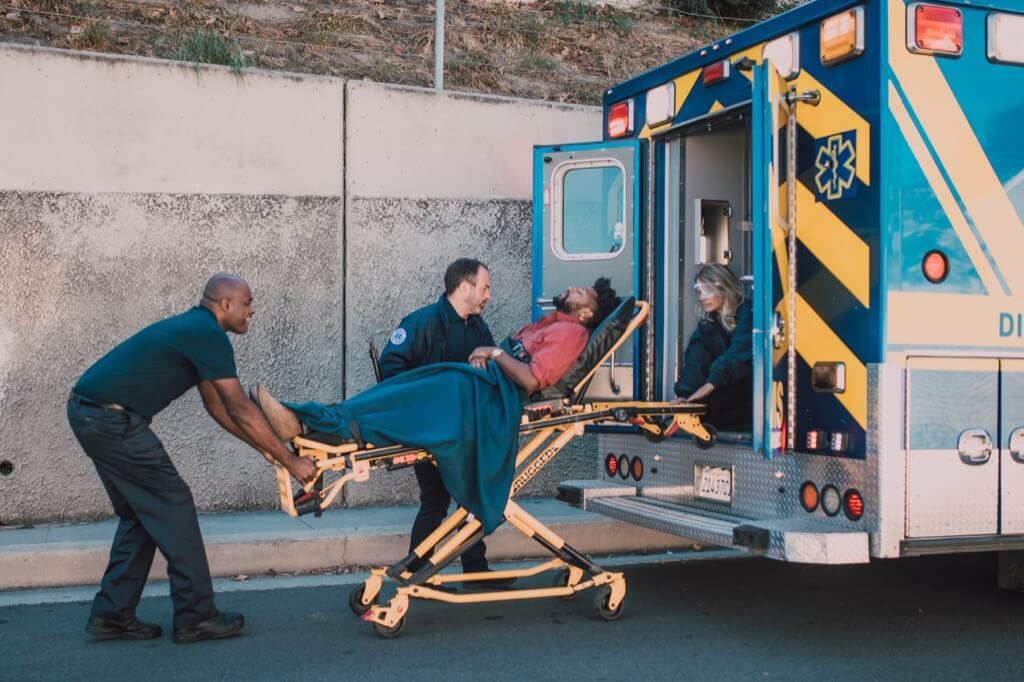In many action-packed films, the climax often features a ticking bomb, its red timer blinking ominously, as our protagonist frantically decides which wire to cut. But how much truth lies behind this nail-biting scenario?
The Origins of Modern Bomb Disposal
Bomb disposal has evolved from the hands-on approach in its early days to the more methodical and remote procedures of today. Sir Vivian Dering Majendie, the pioneer behind London’s first bomb squad in the late 19th century, laid the groundwork. His establishment of the Explosives Act in 1875 was in response to the catastrophic explosion of a gunpowder barge in Regent’s Canal. Majendie’s era faced unique challenges, notably the Fenian dynamite war.
The Fenian Brotherhood, a political group advocating for Irish independence, utilized homemade nitroglycerine and dynamite to terrorize UK military and civilian targets. Their deadly innovations were spurred by Confederate officer John Maxwell’s clockwork timers and detonators. Majendie’s hands-on approach to bomb disposal became legendary, leading to his knighthood in 1885.
Fast-forward to WWII: The Royal Engineers and Royal Army Ordnance Corps faced the dangerous task of diffusing unexploded bombs (UXBs). Techniques ranged from trepanation – where a hole was drilled into the bomb shell and steam used to neutralize the explosive – to utilizing liquid nitrogen to freeze the bomb’s fuzing mechanism. Some heroes emerged, like Charles Howard, the 20th Earl of Suffolk, who personally defused 34 UXBs.
The Challenges of the Early Bomb Squads
Moving forward, the NYPD bomb squad, established in 1903, had its own set of challenges. Responding to domestic terrorist bombings, their methods often involved drenching suspicious shipments with motor oil to neutralize potential threats.
World War II brought with it the challenges of unexploded bombs. The Royal Engineers and Royal Army Ordnance Corps devised novel methods to tackle this threat. From high-temperature steam to liquid nitrogen, their approaches were varied. Heroes like Charles Howard, the 20th Earl of Suffolk, often took a hands-on approach, much like Majendie.
The Evolving Landscape of Bomb Disposal
While the early days saw many bomb disposal experts approaching threats with hands-on techniques, the development of anti-handling devices shifted the narrative. Modern-day bomb squads emphasize distance, using remote-control robots and extended tools to mitigate risks.
Discretion remains crucial, with many “make safe procedures” being closely guarded secrets. Still, one central tenet stands: the best weapon a bomb disposal technician has is knowledge. Through understanding the design and structure of a device, experts can determine the safest approach.
Heroes Among Us
Despite advancements in technology, the brave men and women in bomb disposal often find themselves taking what’s known as “the long walk” towards potential threats. Outfitted in kevlar suits, these technicians are sometimes the last line of defense against explosive hazards.
Sergeant 1st Class Jeffrey McClean’s experience serves as a testament to the mental fortitude required in this line of duty. As he states, it’s not just about the technical know-how but also the mindset. And yet, a quirky sense of humor might be the secret ingredient to a bomb technician’s success, as noted by Royal Engineers EOD instructors.
Dispelling Hollywood’s Myths
Bomb disposal in real life is far removed from its depiction in Hollywood. Most improvised explosive devices are triggered by victims or remote detonation. The cinematic “ticking time bomb” scenario, with its red digital countdown, is pure fiction. If you ever encounter such a situation, the advice is simple: step back and let the professionals handle it.
In the high-stakes world of bomb disposal, the technician’s greatest weapon isn’t wire cutters but knowledge. The true heroes are those who face these threats head-on, understanding the risks and responsibilities, with the singular goal of ensuring safety for all. As Royal Engineers EOD instructors emphasize, the right bomb technician is discerned not just by technical acumen but by their unique sense of humor.
FAQs
Disclaimer: This FAQ is intended for informational purposes only. Encountering an explosive device is a dangerous situation. Always prioritize safety and consult professionals.
Q: What should I do if I stumble upon a suspicious package or device?
A: Do not touch or move it. Ensure you maintain a safe distance and immediately contact the relevant authorities in your area.
Q: I’ve heard that mobile phones can trigger bombs. Is this true?
A: Yes, some explosive devices can be triggered remotely using radio frequencies, which can come from mobile phones or other electronic devices. If you suspect a package is a bomb, turn off your mobile phone and advise others to do the same.
Q: If I’m in a building and spot a suspicious package, should I evacuate everyone immediately?
A: Your primary concern should be safety. Notify building security or management first. They may have protocols in place. If you genuinely believe there’s an imminent threat, evacuate calmly and quietly without causing unnecessary panic. Once at a safe distance, call the authorities.
Q: I’ve heard some bombs have anti-tampering mechanisms. Is this true?
A: Yes, some bombs are equipped with anti-handling devices designed to detonate if the bomb is tampered with. This is why it’s crucial never to touch or move a suspicious package and to allow trained professionals to handle it.
Q: Are there any immediate signs that a package might be dangerous?
A: While it’s challenging to ascertain without professional training, suspicious packages might have excessive postage, no return address, unusual odors, or leaking suspicious liquids. If you feel uneasy about a package, it’s always better to be safe and notify the authorities.
Q: Can bomb-sniffing dogs detect all types of explosives?
A: While bomb-sniffing dogs are trained to detect a wide range of explosives, no detection method is 100% foolproof. Dogs can, however, be highly effective due to their keen sense of smell.
Q: How can I help in a situation with a suspected bomb without putting myself at risk?
A: Your safety is paramount. Once you’ve ensured you’re at a safe distance, you can assist by:
- Calling the authorities.
- Preventing others from approaching the suspicious package.
- Providing any pertinent information to law enforcement.
Q: Are there any resources or courses available for understanding bomb threats or safety protocols better?
A: Many national and local law enforcement agencies offer training and resources to organizations and institutions on bomb threat protocols. Check with your local police department or national security agency for more details.
Remember: It’s always best to prioritize safety and let trained professionals handle potentially dangerous situations. If you ever come across a suspicious package or device, maintain your distance, ensure the safety of those around you, and immediately contact the relevant authorities.
To our brave bomb technicians: Africa Nova salutes your courage, expertise, and unwavering commitment to safety.




